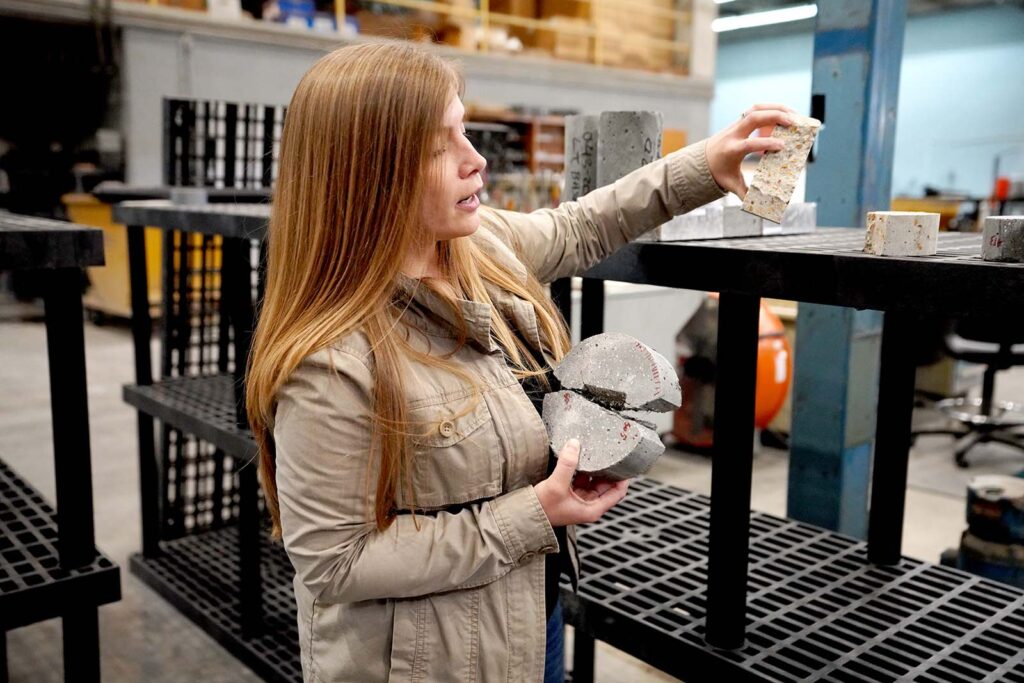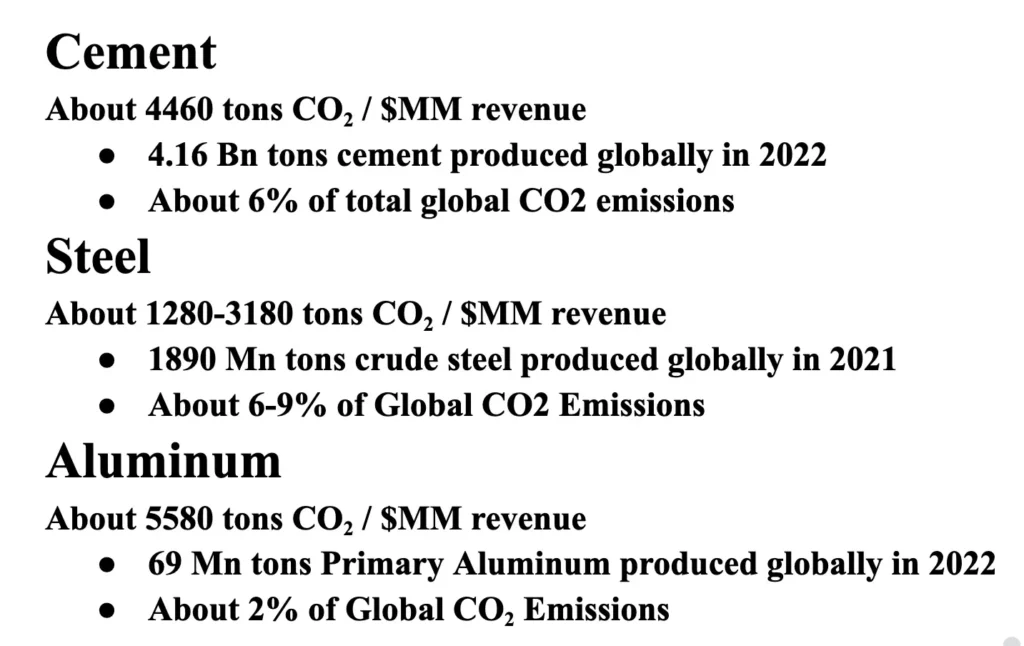
Cement, aluminum, and steel are among the highest CO2 emitters of all hard to abate industrial sectors, but cement stands out for a few reasons. It’s a key component of concrete, the world’s second most used physical resource, only behind water. That unparalleled demand and cement’s low cost to high emissions ratio make a unique and challenging opportunity for decarbonization. Cement production creates roughly 4,460 tons of annual CO2 emissions per million dollars of revenue. With production projected to grow in the next few years past 2022’s 4.158 billion tons of cement, CO2 emissions are set to rise. Innovative intervention is key in creating the efficiencies that will drive capital incentive for cement decarbonization.

An intervention on Carbon Removal development and deployment, 45Q tax credits, have noticeably boosted the sector’s growth. The Inflation Reduction Act’s recent improvements to the 45Q policy have further reinforced Carbon Removal growth by loosening qualifying thresholds and increasing the credit values. Direct Air Capture facilities capturing CO2 directly from ambient air can earn $180/ton for geologically sequestered CO2 and $130/t for CO2 utilized after capture. Point Source Carbon Capture facilities capturing CO2 directly from industrial emissions can now earn $85/t CO2 for geologic storage and $60/t CO2 for utilized sequestrations.
The newly formed Decarbonized Cement & Concrete Alliance is another strong response to the need for innovative intervention, bringing together Biomason, Blue Planet, Brimstone, CarbonBuilt, Chement, Fortera, Minus Materials, Queens Carbon, Sublime Systems, and Terra CO2 Technology. These companies work in sustainable cement, carbon capture, plastic alternatives, and similar areas toward cement and concrete decarbonization. The group has taken note of the benefits of 45Q credit implementation and is currently exploring the potential for a similar policy that would provide monetary incentive to organizations producing low-carbon cement.
Despite the climate of the market and in spite of the climate of our environment, ingenuity is adapting to and facing the challenges on the path of cement decarbonization. Hats off to these companies and the strides they’re taking in sustainable innovation.